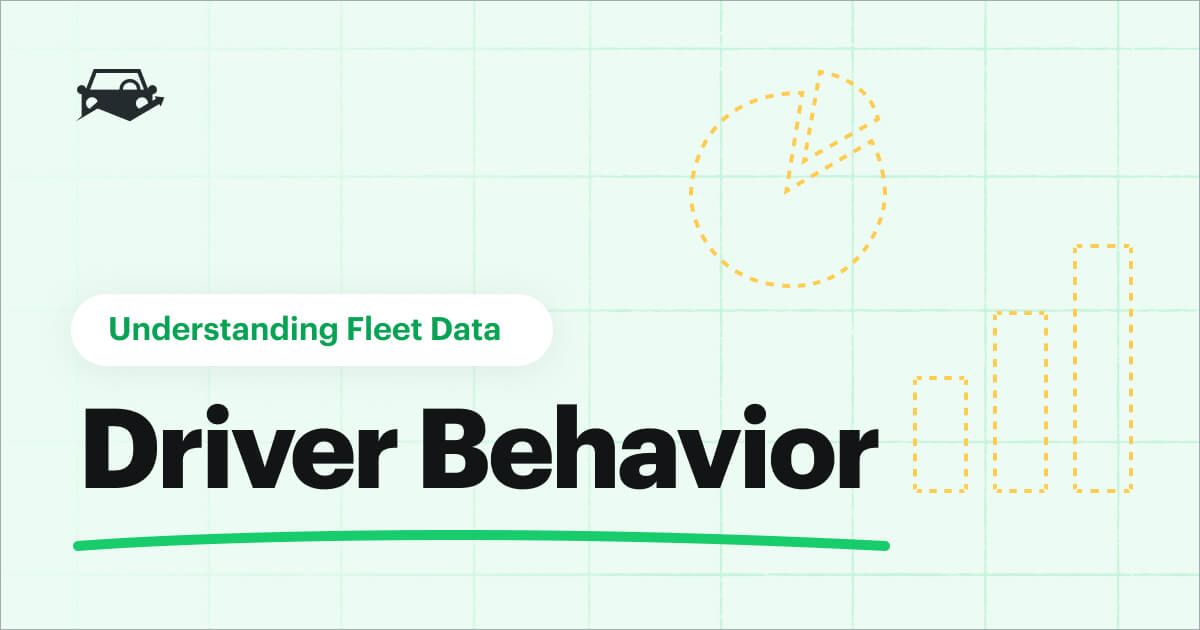We talk a lot about driver behavior monitoring and its benefits, especially in the event of an accident for which the fleet driver and asset are not at fault. One concern fleet managers keep bringing up, however, is that not all drivers feel comfortable using behavior monitoring technology, which can lead to high turnover rates, low morale and compliance issues.

Introducing Solutions in a More Comfortable Way
The idea of being tracked or monitored probably doesn’t sit well with most people. It sounds invasive and evokes a kind of dystopian feeling — likely thanks to Orwell’s 1984 slogan, "Big Brother is Watching You," which continues to be used today. So, it should be no surprise then that when confronted with something like a driver behavior monitoring system (DBMS), not everyone will be on board.
While being monitored tends to make people nervous or uncomfortable, fleet managers and owners can alleviate some of this discomfort by really breaking down what the system is, why it’s being implemented and how it will benefit the operation. By shifting the focus away from individuals to the company or operation, you can drive home the fact that you’re not so much tracking drivers’ actions as the impact drivers’ actions have on fleet assets. In the event of an accident, for example, proving a fleet driver is not at fault is as important as proving the vehicle was properly maintained and so both of these processes are monitored, one via a DBMS and one through service histories. In this way, monitoring driver behavior is no different from monitoring any other fleet process.
Setting Expectations with Drivers
When implementing a DBMS, transparency is hugely important, especially at the driver level. What the DBMS consists of, what information is gathered and how you’ll be using that information should be divulged to anyone it affects. Additionally, include any information about the rollout period. The worst thing you can do is surprise the entire fleet with new monitoring equipment that makes them apprehensive, so be transparent. If you already have a DBMS in place, talk to your drivers about current concerns to see if there is any tension you can alleviate around the system and its use.
A big concern drivers have, and another reason transparency is so important, is the "Will I get in trouble if…?" mindset. "Will I get in trouble if I fault something on an inspection?" "Will I get in trouble if I go to my preferred gas station versus one on my route?" According to Brent Godwin, Equipment Manager, Bighorn Construction and Reclamation (BCR): "If you basically tell these guys, ‘Hey, you’re not going to get in trouble if you fault something out. We want to know so we can get it fixed. It’s not big brother looking at you.’ That’s how a lot of people look at this stuff, like, ‘Oh, big brother’s watching me.’ No, we’re not really. It’s amazing how many people think that." Alleviating these concerns early and head-on can save you a lot of trouble down the road.
Let your team know what types of behaviors you’re tracking and why, as well as what behaviors will initiate corrective action and what those corrective actions look like.
Generating Useful Employee Feedback
We’ve heard time and again that in order to successfully implement pretty much anything, you need to get buy-in from anyone it affects. The best way to get buy-in from your team regarding DBMSs is by soliciting feedback, listening to concerns and actively incorporating or addressing the feedback given. By being transparent from the beginning concerning what the system is for and what you’re hoping to gain by implementing it, you can generate more useful feedback as your team will have a better idea of how to prioritize concerns.
It might seem like a knee-jerk reaction to respond to DBMS concerns with, "If you’re not doing anything wrong, you have nothing to worry about." But by implementing the system in the first place, it can seem like you’re indicating that you’re honing in on a problem area (because something is wrong). This may play a role in the negative reception of DBMS. However, when addressing employee feedback and concerns regarding DBMS, your team can get a better understanding of what is expected of them, what is being monitored and how that information is used, and they can feel more confident on the road.
Want to see how easy it is to integrate your DBMS with Fleetio for consolidated data and streamlined reporting? Schedule a demo today!




